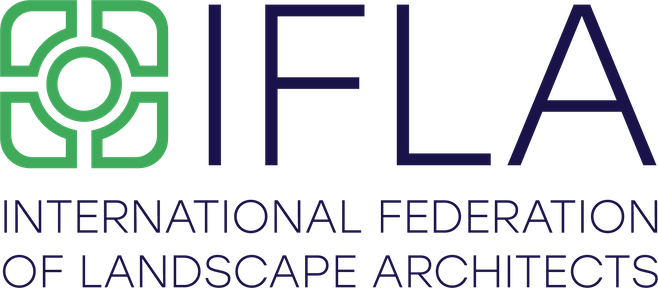Rethinking The Manicured Green Spaces Amid Lockdown
Since mid-April 2020, most regular grass cutting was halted in Singapore due to increasing COVID-19 cases in the city. However, this has created a unique opportunity for the now less-disturbed green spaces to generate a healthier environment for both nature and people.

Ours is a tropical setting, with an ideal climate for vigorous plant growth. Therefore, the two- month mowing hiatus has allowed us to observe the emergence of biological diversity in our neighborhood green spaces with delight. A variety of spontaneous vegetation is appearing in formerly manicured lawns in urban parks and along roadsides. Our small group of landscape architects, researchers, and nature advocates has spotted dozens of plant species, including groundcover, grasses and sedges, creepers, shrubs, and tree seedlings. It is fascinating to see how diverse species have emerged, depending on the geographical context, microclimate condition, adjacent habitats, and proximity of human activities. If we retain these areas post-lockdown, they will become denser and increase in structural complexity and species heterogeneity. In turn, such changes will have ecological benefits, including nutrient accumulation in the soil, erosion prevention, heat mitigation, and water and air purification. Whilst we emphasize the value of spontaneity in this scenario, it would be necessary to monitor the growth patterns carefully and periodically intervene towards more diverse urban landscapes.
When plants flourish, wildlife will arrive. The retention of natural vegetation growth in the newly wild areas would support transient wildlife as stepping stones for fauna diversity. More specifically, the natural development of more complex vegetated areas and abundant fallen leaves would help to establish healthy nutrient fluxes and increase soil microorganisms. There will be a greater abundance and diversity of insects (butterflies, moths, bees, wasps, beetles, flies, etc.) will lead, in turn, to more insect-eating birds and ultimately to wildlife diversity. Common butterflies such as the Grey Blue and Tawny Coster, Changeable Lizard, and even Oriental Pied Hornbill are already seen more often now than before the lockdown. Meanwhile, the usual avian scavengers, like the Eurasian sparrows and Javan Mynahs, are currently foraging in the wild vegetation, as they can no longer take advantage of leftover food scraps at human eateries. Mosquitoes are unlikely to increase, as more natural predators do come along, and the vegetation growth is mainly grasses and shrubs that do not create significantly more areas of collected water for mosquitoes to breed.

Both academics and professionals recognize the ecological value of a wilder landscape with less-manicured vegetation, yet “something that grows naturally” has been not well-received by Singaporeans. In this sense, public attention to urban wilds during the pandemic via recent articles and posts in social media is encouraging and exciting. The public has expressed surprise about how pleasing the emerging wildflowers and vibrant grasses are compared to trimmed turf grass. People are happy to see small butterflies and honey bees flitting about, commonly amidst a swathe of puffy pink Mimosa in bloom or a mass of unassuming Coat Buttons. We are also pleased to hear people asking whether the frequent grass-cutting activity is truly essential and if the authorities could let some of the areas grow naturally after lockdown, not just for aesthetic reasons, but also so that we can reduce reliance on low-wage foreign workers, save on maintenance costs, and reduce noise and air pollution.

In the new normal, we are investigating with great interest the unique socio-ecological and economic opportunities to use urban wilds offered by lockdown. Associated challenges such as safety issues, unpleasant scenery, bugs, and the arrival of invasive species are other important considerations. We have been given an ideal opportunity to extend our knowledge of the natural succession of managed green spaces and to explore strategies to integrate the planning, design, and management of landscape projects towards a sustainable, liveable, and resilient city. We should take full advantage of this opportunity.
For those interested in the topic, some of our design ideas can be found in Urban Wild Lab and two IFLA-APR awarded projects in 2017: ‘From Lawn to Forest Garden’ and ‘Nature Refuge on Five Centimetres of Soil’.
Team Credits
Article written by: Yun Hye Hwang, NUS Advice by: Maosheng Hoo,
Photos taken by: Yit Chuan Tan, Juit Lian Heng, Anna Yap, Seow Kang Ling

